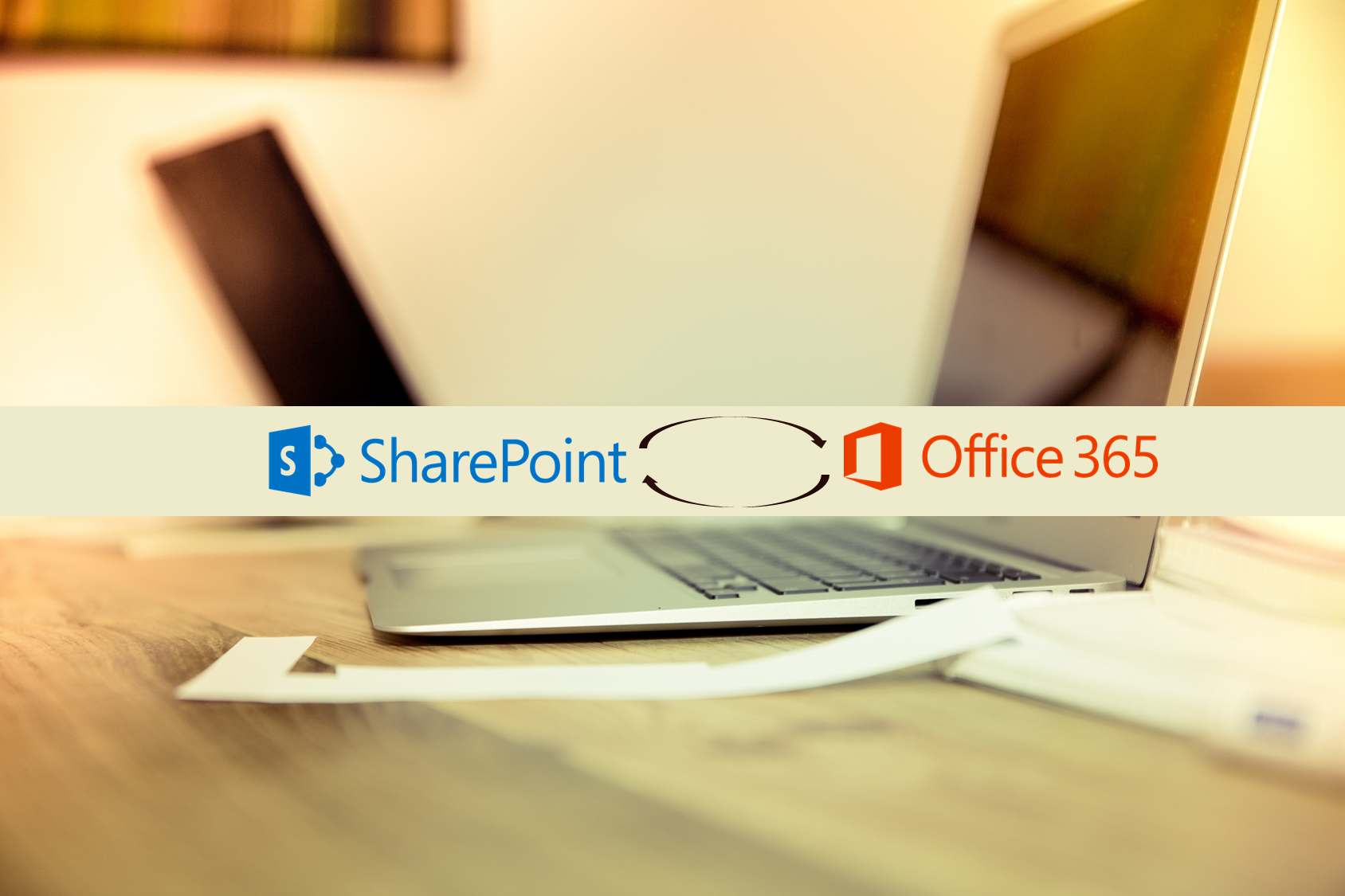Office 365 SharePoint Collaboration

Collaboration is a key factor in many successful things we do in life and at work. For this blog, I will stick to work scenarios. Companies create collaborative environments for their employees to work and be successful. They build or rent office space for employees to work together. They set up telecommunication equipment, computers, networks, etc. for employees to communicate with one another and work successfully. Thanks to the internet, I can say we live in a very connected world. I am a relatively new employee to iLink-Systems, as part of my first project I had to collaborate with a development team in India. It messed up my sleep pattern a little, but it was an exhilarating experience to work with a team half-way across the world. We were sharing ideas and information about the project. We leveraged Microsoft Lync, Skype, Outlook and SharePoint. These tools blurred the distance between our physical locations. If only we can do something about the time zone, well, we will discuss that in another blog. We were developing iLink-System’s first Office 365 SharePoint intranet product for North Coast Electric in Seattle.
I am going to muse a little about SharePoint Online and its ability to collaborate. Collaboration is one of the core tenet’s of SharePoint. SharePoint brings together people, processes, information and guess what, it has social networking too. How does it do it? Learn more at our official site.
In an intranet, SharePoint Online once configured,
- Can display updated employee and organization information using My Sites. It is everyone’s favorite to be aware of “Who is who” by using SharePoint Online People Search. Employees can upload their picture, update their profile information, and talk about their hobbies & interests. They can also be aware of colleagues that share common interests. Links to blogs can be shared with everyone.
- Documents, documents, documents. We have documents everywhere. Wouldn’t it be nice if we had a manageable solution that allows us to store it in a central location and access it from anywhere? Document management is definitely made easy in SharePoint. Documents can be created, stored and version controlled with ease. There is no need to map to some obscure network drive to access a document. In fact, one does not need to be on the corporate network to have access to documents. Having documents in a central SharePoint location eliminates the possibility of having outdated versions sitting all over the network. Gone are the days of sending documents as bulky email attachments, just email the link.
- Even though we are in a connected world we might not have access to the internet at all times. No problems, save your documents locally with a click of a button, make the edits, and synchronize when internet is available.
- Sharing information becomes a no-brainer by setting Alerts. Alerts can be sent to individuals or groups when new documents are created or when changes are made to existing documents.
- Multiple people can co-author a single document at the same time and see immediate results.
- Sharing information becomes a no-brainer by setting Alerts. Alerts can be sent to individuals or groups when new documents are created or when changes are made to existing documents.
- Teams working on projects can have their private site to share, discuss and store information. Team meetings can be held using Lync Online. PC-to-PC audio, video and screen sharing enables collaboration. Meeting notes can be captured with One Note Web Application. Tasks can be created, assigned and tracked in real-time. When the meeting is done all the information is readily available for everyone right there.
- Employees have opinions and valuable ideas. SharePoint Online can capture them using discussion boards.
- Company information from disparate systems can be made available within SharePoint
- Workflows can be designed and integrated to improve efficiencies. Processes such as approvals can be made seamless. When an approval is required, the right people get notified to get the task done.
- Social Networking functionality is integrated within SharePoint. Employees can tag, comment, create notes and follow common interests. Companies can integrate social networking sites such as, Facebook, Twitter etc. into their intranet. Discussion boards are a great way to get feedback and get conversations going on different topics.
- User access can be configured to be as granular as needed.
Blogger : Krishna Addepalli
[simple-social-share]


